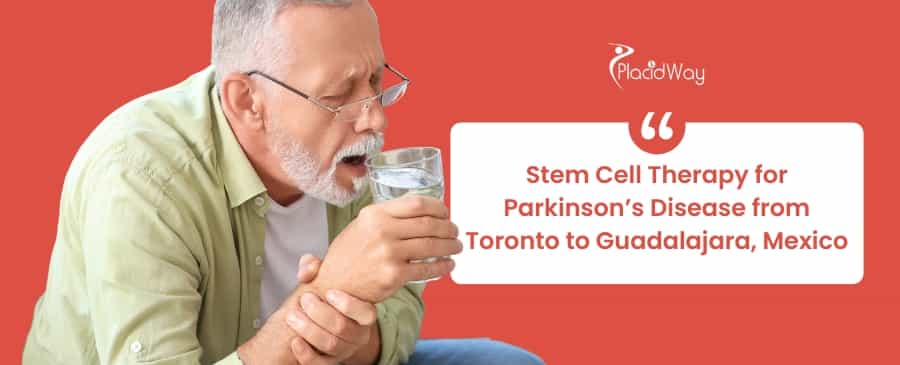
Key Takeaways
-
Significant Savings: Patients traveling from Toronto to Guadalajara, Mexico, can save 50-70% on stem cell therapy for Parkinson's disease. The treatment is often more accessible and affordable than experimental options in Canada.
-
Advanced Regenerative Medicine: Mexican clinics, particularly in Guadalajara, utilize advanced protocols with mesenchymal stem cells (MSCs) to help manage symptoms, slow disease progression, and improve motor function by promoting neural repair.
-
All-Inclusive Packages: Medical tourism packages typically cover the full treatment protocol, consultations with neurologists, pre-treatment diagnostics, accommodation, airport transfers, and a dedicated patient coordinator.
-
Cost Comparison:
-
Mexico (Guadalajara): Comprehensive treatment packages range from $8,000 to $25,000 USD.
-
Canada/USA (Experimental/Clinical Trials): Costs can range from $25,000 to over $50,000 USD, often with limited accessibility.
-
What Is Stem Cell Therapy for Parkinson's Disease?
Stem cell therapy is an advanced form of regenerative medicine that uses the body's own repair mechanisms to treat the underlying causes of Parkinson's disease. By introducing new, healthy stem cells into the body, the therapy aims to replace damaged dopamine-producing neurons, reduce inflammation in the brain, and improve overall neurological function.
Parkinson's disease is a progressive neurodegenerative disorder primarily caused by the loss of brain cells that produce dopamine—a vital chemical messenger responsible for controlling movement, motivation, and mood. As these neurons die, patients experience debilitating symptoms like tremors, stiffness, slow movement (bradykinesia), and balance problems.
Traditional treatments focus on managing these symptoms, usually with medications that temporarily increase dopamine levels. Stem cell therapy, however, offers a different approach. It seeks to repair and regenerate the damaged brain tissue. The most commonly used cells for this purpose are mesenchymal stem cells (MSCs), which can be sourced from a patient's own bone marrow or adipose (fat) tissue, or from ethically sourced umbilical cord tissue. These cells are known for their powerful ability to develop into various cell types and release healing factors.
How Do Stem Cells Work to Treat Parkinson's?
Stem cells combat Parkinson's on multiple fronts: they have the potential to differentiate into new dopamine-producing neurons, release neuroprotective growth factors that shield existing brain cells from further damage, and significantly reduce the chronic brain inflammation that accelerates disease progression. This multi-pronged attack helps improve motor control and may slow the disease's advancement.
The therapeutic action of stem cells in Parkinson's disease is complex and powerful. It goes beyond simple cell replacement.
The Quest for Dopamine
The primary goal is to restore the brain's dopamine supply. When MSCs are introduced into the body, they can migrate to the area of injury in the brain—the substantia nigra. Research suggests they can differentiate into dopamine-producing cells, effectively replacing those that have been lost. This helps restore the neural circuits responsible for smooth, controlled movement.
Regenerative and Protective Effects
Beyond replacement, stem cells act as the body's "paramedics," providing support to the surrounding neural environment. They achieve this by:
-
Releasing Growth Factors: Stem cells secrete powerful substances like Brain-Derived Neurotrophic Factor (BDNF) and Glial Cell-Line Derived Neurotrophic Factor (GDNF). These proteins act as a shield for existing neurons, protecting them from death and encouraging the formation of new connections.
-
Reducing Inflammation: Chronic inflammation in the brain is a key driver of Parkinson's progression. MSCs have potent immunomodulatory properties, meaning they can calm this inflammatory response, creating a healthier environment for neurons to survive and function.
-
Improving Blood Flow: Stem cells can promote angiogenesis—the formation of new blood vessels—which improves oxygen and nutrient supply to the brain, further supporting tissue repair.
Did You Know?
Parkinson's disease affects over 100,000 Canadians, and approximately 6,600 new cases are diagnosed in Canada each year. Many are now looking abroad for innovative treatments like stem cell therapy in Mexico that are not yet widely available or are prohibitively expensive at home.
Are You a Suitable Candidate for Stem Cell Therapy?
Ideal candidates are typically those in the early to moderate stages of Parkinson's disease who are still responsive to conventional medications but wish to slow disease progression and improve their quality of life. A thorough medical evaluation, including a review of neurological history and MRI scans, is necessary to confirm eligibility and ensure the treatment is safe and appropriate for the individual's condition.
While stem cell therapy holds immense promise, it is not a one-size-fits-all solution. Clinics in Guadalajara conduct a rigorous screening process to identify the best candidates. Generally, a good candidate meets the following criteria:
-
Confirmed Parkinson's Diagnosis: A clear diagnosis from a neurologist is required.
-
Disease Stage: Patients in Stages 1-3 of the Hoehn and Yahr scale typically see the most significant benefits. Those in later stages may still be eligible but may have different treatment goals, such as improving quality of life rather than reversing motor symptoms.
-
Overall Health: Candidates should be in relatively good health, without active infections, cancer, or severe heart or lung conditions that could complicate the procedure.
-
Realistic Expectations: It's crucial for patients to understand that stem cell therapy is not a cure but a management strategy. The goal is to improve symptoms, enhance mobility, and potentially slow down the degenerative process.
A comprehensive consultation with a specialist in regenerative medicine in Guadalajara is the first step to determining your specific candidacy.
The Stem Cell Therapy Procedure: A Step-by-Step Guide
The procedure is a minimally invasive, multi-day process that begins with a detailed evaluation, followed by the harvesting of stem cells (often from bone marrow or adipose tissue). These cells are then processed in a lab to concentrate them before being reintroduced into the body, typically through a combination of intravenous (IV) and targeted injections to ensure they reach the central nervous system.
Traveling from Toronto to Guadalajara for treatment is a well-coordinated process. Here’s what you can generally expect:
Step 1: Initial Consultation and Evaluation
Upon arrival, you'll meet with the medical team. This includes a physical examination, a review of your medical history, and possibly new MRI scans or blood tests to establish a baseline for your health.
Step 2: Stem Cell Harvesting
This is a minimally invasive procedure. If using your own cells (autologous therapy), a doctor will extract a small amount of bone marrow from your hip bone or fat tissue from your abdomen under local anesthesia. The process is quick and generally causes only minor discomfort. Many clinics in Mexico also use pre-screened, ethically sourced umbilical cord MSCs, which eliminates the need for harvesting.
Step 3: Cell Processing and Activation
The harvested sample is taken to a state-of-the-art laboratory. Here, technicians isolate and concentrate the mesenchymal stem cells, activating them to maximize their therapeutic potential. This crucial step ensures the highest quality and quantity of cells are used for treatment.
Step 4: Implantation
The prepared stem cells are reintroduced into your body. The delivery method is critical for success and is often multi-faceted:
-
Intravenous (IV) Infusion: This allows cells to travel throughout the body, reducing systemic inflammation and crossing the blood-brain barrier.
-
Intrathecal Injection: A highly targeted method where cells are injected into the spinal canal, giving them more direct access to the central nervous system and brain. This is performed carefully by an anesthesiologist.
The entire process is typically completed over several days to allow for proper administration and observation.
Cost of Stem Cell Therapy for Parkinson's: Guadalajara vs. Toronto
The cost of stem cell therapy for Parkinson's in Guadalajara, Mexico, is substantially lower than in Canada, with comprehensive packages averaging $8,000 to $25,000 USD. In contrast, similar experimental treatments in Canada or the U.S., if accessible, can easily exceed $50,000 USD, making Mexico an economically sound choice for high-quality care.
One of the primary drivers for Torontonians seeking medical tourism is cost. The financial burden of managing a chronic illness like Parkinson's can be immense. Guadalajara provides a solution that combines affordability with cutting-edge medical technology.
| Feature | Guadalajara, Mexico | Toronto, Canada / USA |
| Average Treatment Cost | $8,000 - $25,000 USD | $25,000 - $50,000+ USD |
| Procedure Accessibility | Widely available in specialized clinics | Limited to clinical trials, strict criteria |
| Package Inclusions | Treatment, hospital stay, medical fees, hotel, airport transfers, translator | Typically only covers the procedure itself |
| Wait Times | Minimal to none | Can be extensive |
| Insurance Coverage | Not covered (out-of-pocket) | Generally not covered (experimental) |
By choosing Guadalajara, a patient from Toronto could save enough to cover the entire trip, including flights and accommodation, and still pay significantly less than they would for a similar procedure at home.
Why Guadalajara, Mexico is a Top Destination for Neurological Care
Guadalajara has emerged as a premier hub for medical tourism, particularly in the field of regenerative medicine. The city boasts internationally accredited hospitals, highly trained neurologists and specialists, and advanced cellular therapy labs, all at a fraction of the cost found in North America, making it an ideal destination for Canadians.
Guadalajara, known as Mexico's "Silicon Valley," is also a center for medical innovation. Here’s why it stands out:
-
Expert Specialists: Many doctors and surgeons in Guadalajara are U.S.-board certified or have received training in the U.S. and Europe. They are pioneers in the application of stem cell therapies for neurological conditions.
-
State-of-the-Art Facilities: Clinics specializing in regenerative medicine are equipped with the latest technology, adhering to strict international standards for safety and quality.
-
Ease of Travel: Direct flights from Toronto (YYZ) to Guadalajara (GDL) are readily available, making the journey convenient.
-
Cultural Proximity and Hospitality: The welcoming culture and patient-centric approach ensure a comfortable and stress-free medical journey. Many clinics offer comprehensive services, including English-speaking staff and patient coordinators.
Expert Insight
"Mesenchymal stem cells (MSCs) are remarkable for their 'homing' ability. When introduced intravenously, they are naturally drawn to sites of inflammation and injury in the body. For Parkinson's patients, this means the cells can navigate towards the inflamed brain tissue to deliver their anti-inflammatory and neuroprotective payload exactly where it's needed most." — Neurologist specializing in Regenerative Medicine.
Potential Benefits and Risks of the Treatment
The primary benefits of stem cell therapy for Parkinson's include improved motor function, reduced tremors and stiffness, increased energy levels, and a potential slowing of disease progression. While the procedure is generally safe and minimally invasive, potential risks include infection at the injection site, headache, and fatigue, which are typically temporary and mild.
Understanding both the upside and the downside is key to making an informed decision.
Key Benefits
Patients who undergo stem cell therapy often report significant improvements in their quality of life. Commonly reported benefits include:
-
Improved Motor Skills: Better balance, faster walking speed, and reduced "freezing" episodes.
-
Reduced Tremors and Rigidity: A noticeable decrease in the severity of tremors and muscle stiffness.
-
Enhanced Energy and Mood: Many patients experience less fatigue and an improvement in mood and cognitive clarity.
-
Slowing of Disease Progression: By protecting existing neurons and reducing inflammation, the therapy may help slow down the rate of degeneration.
Understanding the Risks
Stem cell therapy is considered very safe, especially when using a patient's own cells (autologous). However, no medical procedure is without risk. Potential side effects are rare and usually minor:
-
Pain or bruising at the extraction/injection site.
-
Headache or dizziness post-procedure, particularly after an intrathecal injection.
-
Low-grade fever or fatigue as the body's immune system responds.
-
A very low risk of infection, which is mitigated by strict sterile protocols.
Reputable clinics in Guadalajara will discuss these risks with you in detail during your consultation.
Recovery and Life After Treatment
Recovery is typically swift, with most patients able to resume light activities within a day or two after the procedure. The therapeutic benefits are not instant; they build gradually over several weeks to months as the stem cells integrate, reduce inflammation, and stimulate repair. Long-term success is enhanced by maintaining a healthy lifestyle, including a balanced diet, physical therapy, and regular exercise.
The journey doesn't end after the final infusion. The post-treatment phase is when the real work of the stem cells begins.
-
Immediate Post-Procedure: You will be monitored for a few hours at the clinic before returning to your hotel. It is recommended to rest for the first 24 hours.
-
First Few Weeks: You may begin to notice subtle changes, such as increased energy or mental clarity. It's important to avoid strenuous activity but to engage in light walking and stretching.
-
Three to Six Months: This is the typical window where the most significant improvements in motor function and symptom reduction are observed. The brain's healing and regenerative processes are in full effect during this period.
-
Long-Term Care: Your clinic in Mexico will provide a follow-up schedule and may recommend supplements or therapies to support the stem cells' work. Continuing with physical therapy and a brain-healthy diet is crucial to maximize and maintain the benefits.
Frequently Asked Questions (FAQ)
Can stem cell therapy cure Parkinson's disease?
No, stem cell therapy is not a cure for Parkinson's disease. It is a regenerative treatment aimed at managing symptoms, improving motor function, and slowing the progression of the disease by repairing damaged tissue and protecting remaining neurons.
How successful is stem cell therapy for Parkinson's?
Success rates vary depending on the patient's age, disease stage, and overall health. However, many studies and patient testimonials report significant improvements in mobility, a reduction in tremors and stiffness, and an overall enhanced quality of life.
Is stem cell therapy for Parkinson's safe in Mexico?
Yes, when performed at a reputable, accredited clinic. Clinics in Guadalajara that cater to international patients adhere to strict safety and quality protocols. They use advanced lab equipment and employ experienced specialists to ensure patient safety.
How long do the benefits of stem cell therapy last?
The longevity of the benefits can vary. Some patients experience improvements that last for several years. The effects depend on the progression of the disease and lifestyle factors. In some cases, a follow-up treatment may be recommended after a few years to maintain the results.
What type of stem cells are used for Parkinson's treatment in Guadalajara?
Most leading clinics in Guadalajara use mesenchymal stem cells (MSCs). These can be autologous (from the patient's own body) or allogeneic (from ethically sourced, screened umbilical cord tissue). Umbilical cord MSCs are often preferred as they are young, vibrant, and do not require a harvesting procedure.
What is the latest treatment for Parkinson's disease in 2025?
As of 2025, stem cell therapy and other forms of regenerative medicine are at the forefront of innovative treatments for Parkinson's. While traditional medications and Deep Brain Stimulation (DBS) remain standard care, cellular therapies are gaining significant traction as a way to address the disease at its biological roots.
Your Next Step to a Better Quality of Life with PlacidWay
Navigating the world of international medical care can feel overwhelming, but you don't have to do it alone. PlacidWay is your trusted partner in connecting you with the world's leading clinics for stem cell therapy in Guadalajara, Mexico.
We help you:
-
Compare Clinics: Get free, no-obligation quotes from top-tier, vetted medical facilities.
-
Get Personalized Treatment Plans: Our network of specialists will review your case to create a plan tailored to your needs.
-
Handle the Logistics: We can assist with travel, accommodation, and communication, ensuring a seamless and stress-free experience.
Take Control of Your Health Journey
Contact PlacidWay today for a free consultation and discover if stem cell therapy in Guadalajara is the right choice for you.


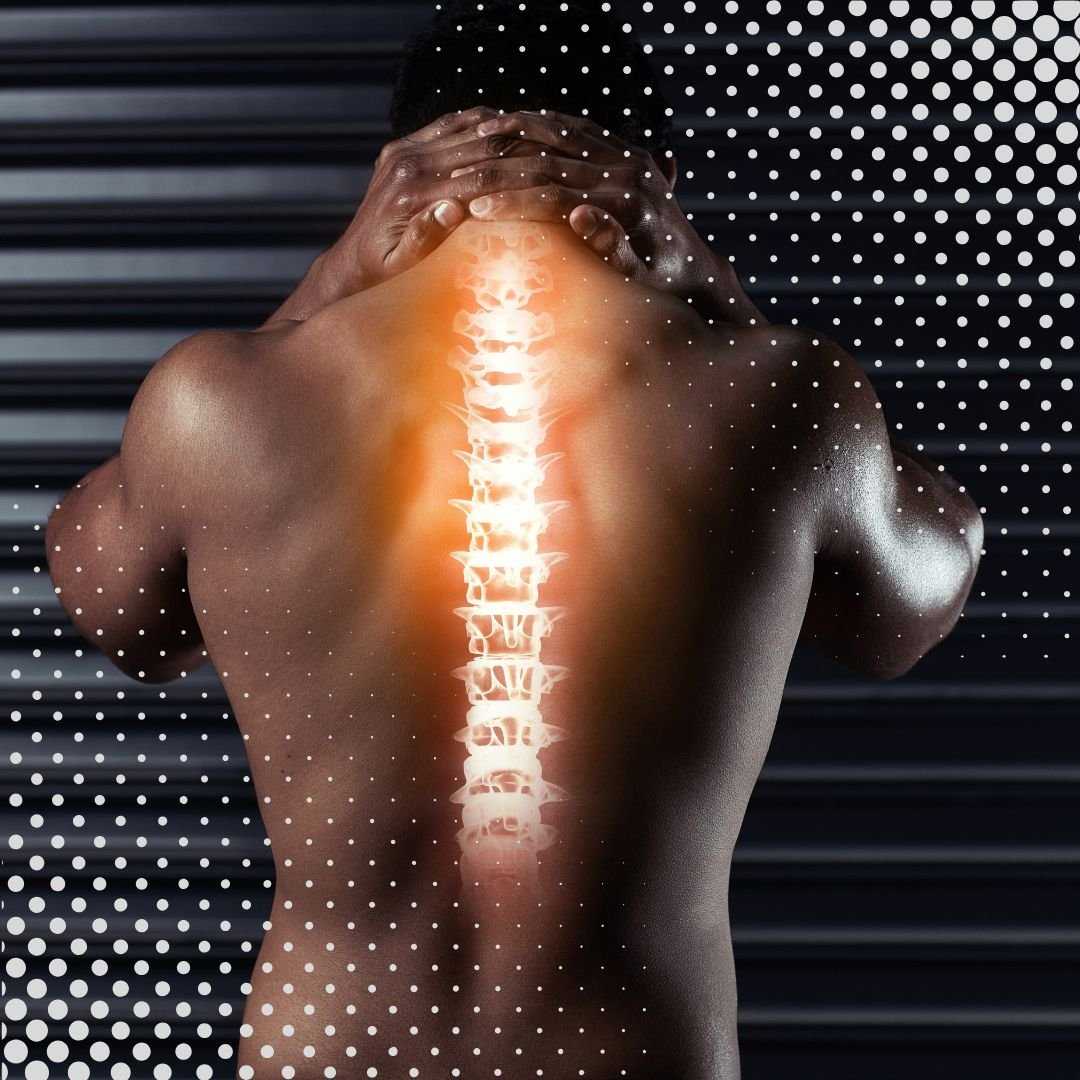




.png)
.jpg)
.png)
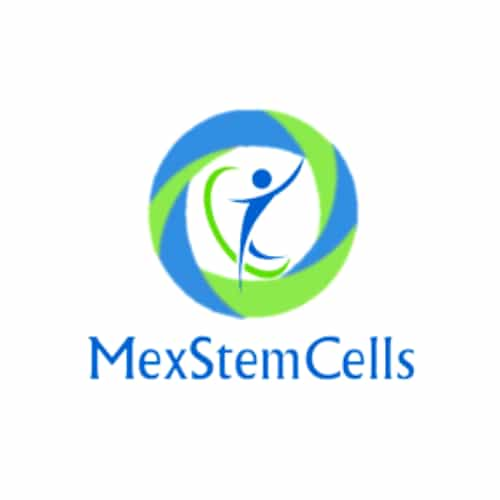
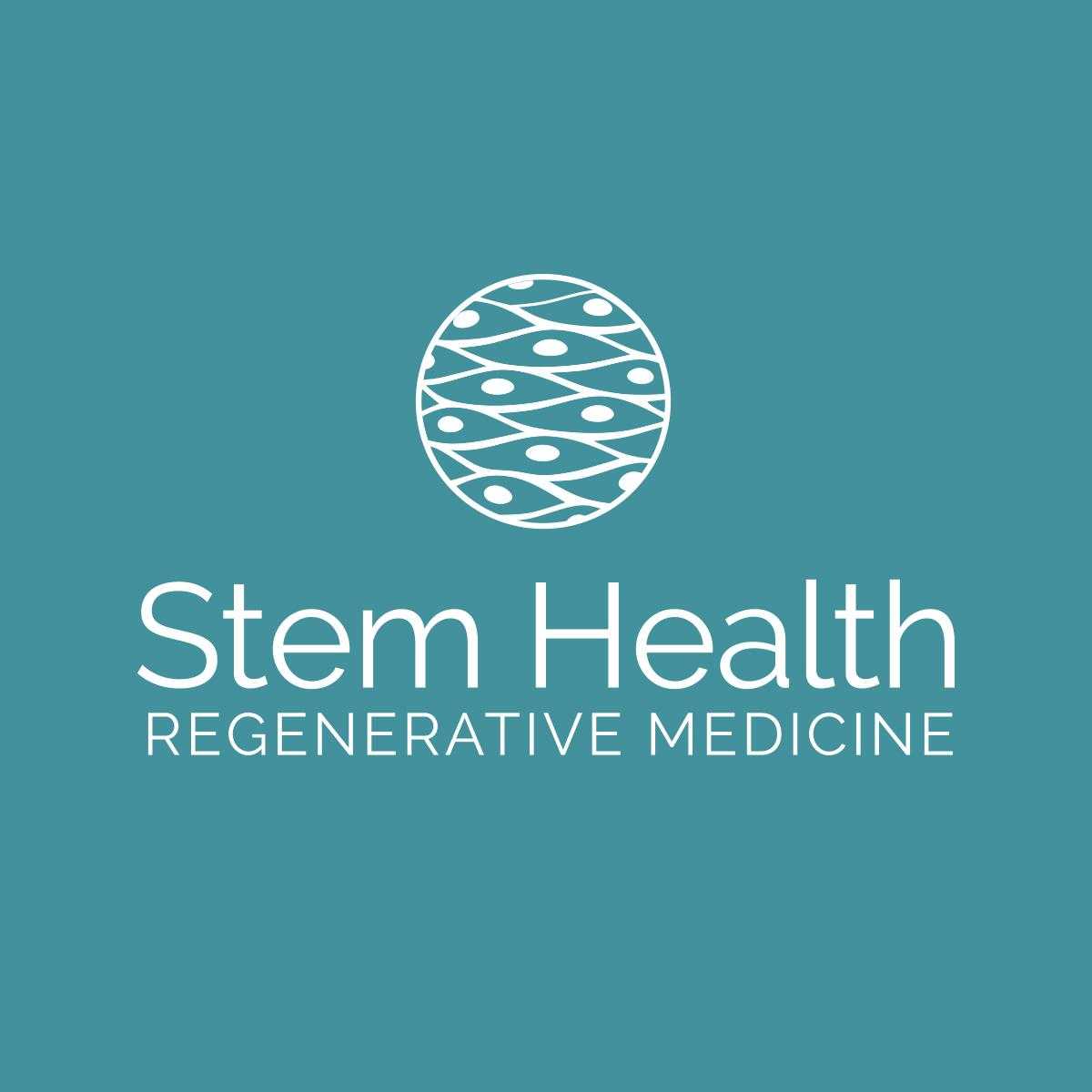
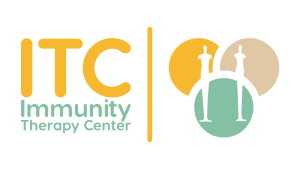
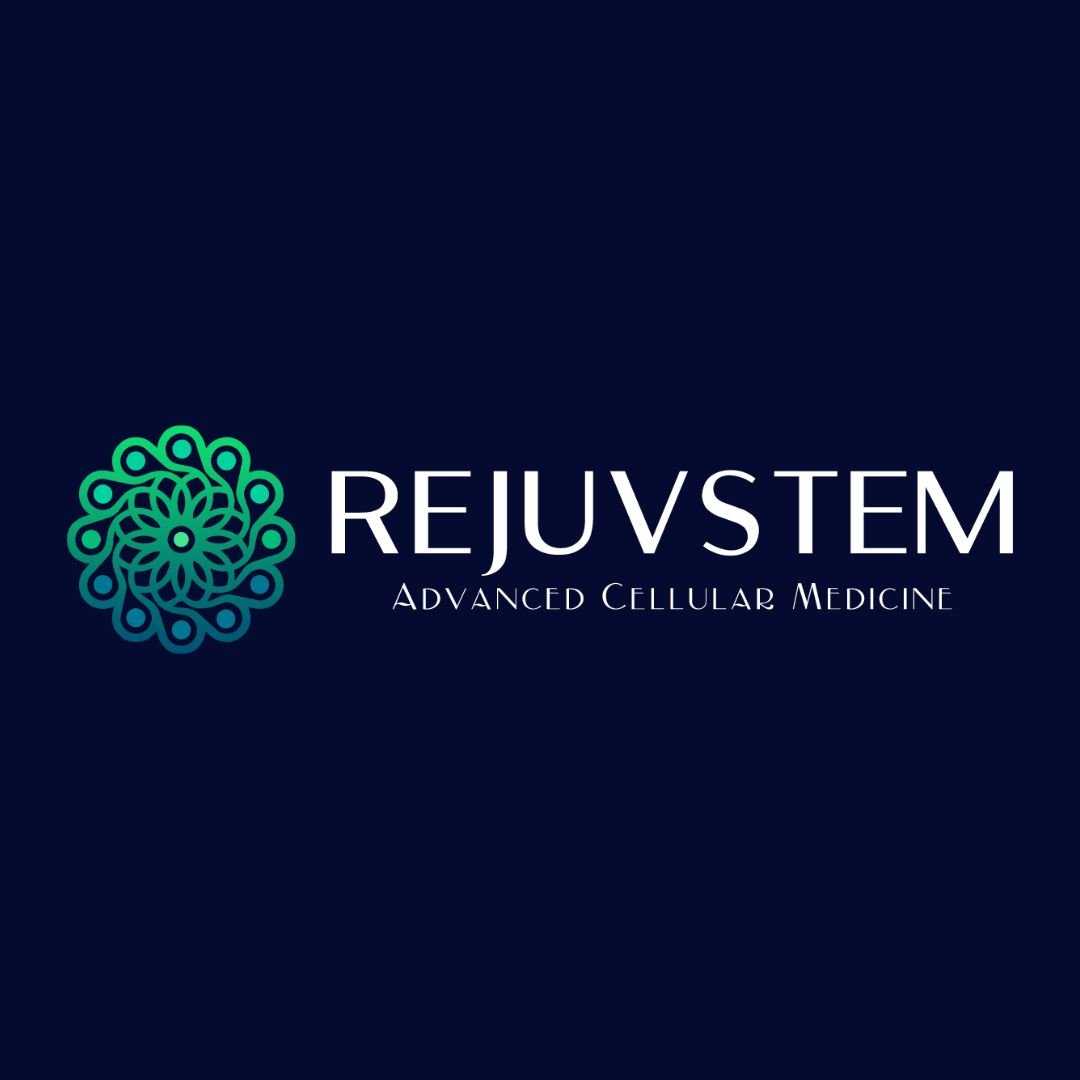
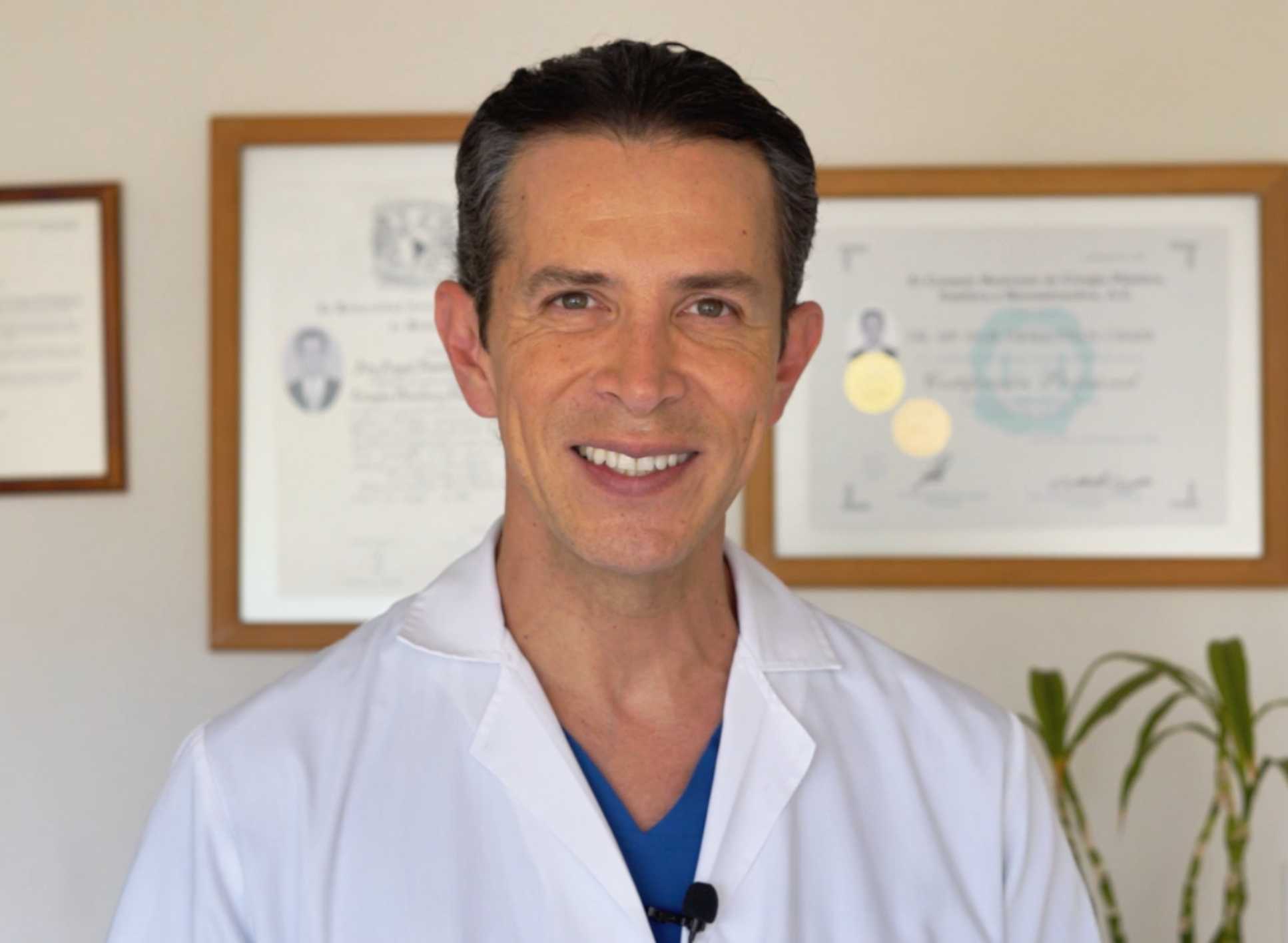

Share this listing